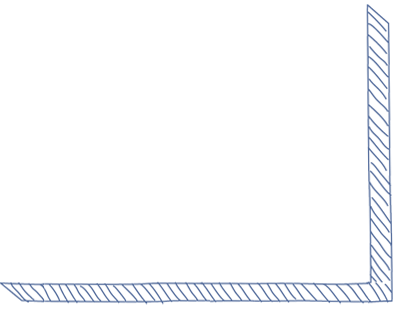



Linda Simpson
McDonald Observatory Davis Mountains
N 30 68.084', W 103 01.502';
Elevation 6602.3’ (at HET)
Content:
How to Measure Index of Refraction
Activity 1 – Magnifiers
We did an activity out of the GEMS Guide: More Than Magnifiers.


Procedure
1. We used 2 Styrofoam cups and two lenses. One lens was more curved than the other.
2. We turned the cups upside down and inserted a lens in a slit we made in the bottom of each cup.
3. We manipulated the lenses to determine the relationship between magnification and field of view
Findings
-
• The more curved the lens is the greater the magnification
-
• The greater the magnification is the smaller the field of view.
-
• Curvature is important for magnification. The more curved the lens is the more the light is bent (refracted)
Activity 2 –Cameras
We did another activity out of the GEMS Guide: More Than Magnifiers.


Procedure
1. We used the two 2 Styrofoam cups and lenses from Activity 1.
2. We folded a paper to use as a screen for the image.
3. A lamp with a bare bulb was set up and the room darkened.
4. We manipulated the lenses to form an image on the paper.
Findings
-
• The less curved lens is better for a long focus lens.
-
• The more curved lens is better for a short focus lens.
-
• The combination of lenses results in a camera.
-
• Images of objects close to the lens appear to be right side up.
-
• Images of objects far from the lens appear to be upside down.
-
• In a camera, the combination of lenses causes the image to appear upside down on the film.
Index of refraction
Activity 3 –Super Jell-O & Refraction
We did an activity to demonstrate how the angle of incidence equals the angle of refraction.
Procedure
-
1. We were given blocks of “super Jell-O”, waxed paper, a grid sheet, and a red laser pen.
-
2. We shone the laser light into the Jell-O and marked the angle of incidence. We then marked where the laser light exited the Jell-O, or the angle of refraction.
-
3. We moved the laser to several positions and marked both angles for each position. A line segment was drawn connecting the points for each trial. The angles were measured with a protractor.
-
4. We manipulated the lenses to form an image on the paper.


Findings
-
• Refraction is the bending of light across an interface (the area where two substances meet).
-
• The refraction angle increases or decreases with the incident angle.
-
• The index of refraction for red Jell-O is 1.33.
-
• If the angle of incidence is greater 50 the light will have total internal refraction. A mirage is an example of this.
-
• The mirage is formed when hot air from the road meets cooler air from the sky. If the angle of incidence is greater than 50, the light is totally internally reflected. The two transparent surfaces of the air interface becomes like a mirror.
Reflection:
I found that the Super Jell-O was a great activity. It really helped me make the connection to Snell’s Law and other optical concepts. The math tie-in is a great way to have math and science teachers team up.
The camera and magnifiers activities are useful for middle school and high school teacher.
The entire fieldtrip experience was outstanding for me. I came away so recharged. The experts made textbook learning alive with hands-on and real life experiences. I would never have had some of the experiences and opportunities if it were not for the Regional Collaborative and their partners. Two items on my list of 100 things to do before I die were fulfilled on this field trip. Thank you.


Sunday, June 4, 2006













